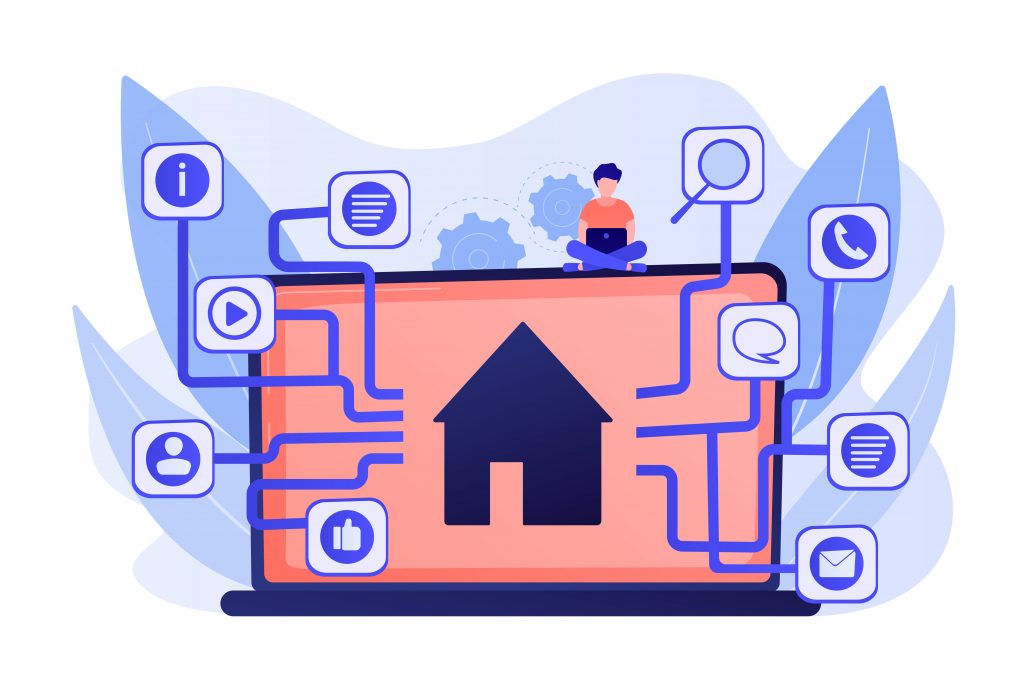Now Reading: Cybersecurity in 2025: Key Challenges and Solutions
-
01
Cybersecurity in 2025: Key Challenges and Solutions
Cybersecurity in 2025: Key Challenges and Solutions

As we look ahead to 2025, technology continues to evolve at lightning speed, transforming the way we live, work, and connect. But with these advancements come new cybersecurity challenges that can feel overwhelming. Don’t worry—by understanding what’s coming and knowing some smart solutions, we can all stay safer online. Let’s dive into what’s on the horizon and how to tackle it.
What’s on the Horizon: Major Cybersecurity Challenges We’ll Face in 2025
1. The Rise of Hyper-Connected Devices and IoT Vulnerabilities
The Internet of Things (IoT) is expanding rapidly. From smart thermostats to connected cars, billions of devices are linked to the internet. While this connectivity makes life more convenient, it also opens up new doors for hackers. Many IoT devices still lack strong security measures, making them prime targets for breaches, ransom attacks, or being used as part of larger botnets for DDoS attacks.
2. AI-Enhanced Cyberattacks
Artificial Intelligence (AI) isn’t just helpful—it’s also a tool for cybercriminals. In 2025, expect to see AI-driven phishing campaigns that are more convincing, malware that adapts and evades detection, and deepfake technology used for fraud or misinformation. Bad actors will harness AI to automate and scale their attacks, making them more sophisticated and harder to stop.
3. Quantum Computing and Cryptography Challenges
Quantum computing is on the horizon, promising immense processing power. However, it also threatens to break existing encryption standards, potentially rendering many security protocols obsolete. This could expose sensitive data or allow malicious actors to decrypt information that was previously secure, demanding a shift to quantum-resistant cryptography.
4. Data Privacy and Regulatory Gridlock
As data collection increases exponentially, so do privacy concerns. Governments are introducing stricter regulations, but enforcement varies across regions. Companies face the challenge of balancing data utility with privacy, all while trying to stay compliant with evolving rules like GDPR or emerging global standards.
5. Supply Chain and Third-Party Risks
Supply chains have become complex, with multiple third-party vendors involved. A backdoor breach in a third-party system can cascade through entire networks. In 2025, attackers might target lesser-secured suppliers or service providers to gain entry into larger organizations.
6. Human Factor and Cybersecurity Fatigue
Despite advances in technology, human error remains a leading cause of breaches. As threats grow more complex, users can become overwhelmed or complacent, leading to lapses in security habits. Phishing, social engineering, and insider threats will persist as critical concerns.
Tackling the Tough Stuff: Smart Solutions to Stay Safe Online in 2025
1. Embrace Zero Trust Security Models
The old approach of trusting everyone inside a network no longer works. The Zero Trust model operates on the principle of “never trust, always verify.” This means verifying identities, scrutinizing devices, and continuously monitoring activity. Implementing strong authentication—like multi-factor authentication (MFA)—and strict access controls will become standard.
2. Prioritize AI-Driven Defense Tools
Just as cybercriminals use AI, defenders should leverage it too. AI-based security solutions can detect anomalies faster, identify new threats, and automate response actions. For example, behavioral analytics tools can spot unusual activity and alert security teams before a breach occurs.
3. Invest in Quantum-Resistant Encryption
Organizations need to prepare for quantum threats by adopting cryptographic algorithms resistant to quantum attacks. Researchers are developing new standards, but businesses should start planning now by working with cybersecurity experts to upgrade their encryption methods.
4. Strengthen IoT Security and Device Management
For connected devices, security by design is crucial. Manufacturers must embed robust security features, such as secure boot and automatic updates. Users should change default passwords, segment IoT devices from core networks, and stay vigilant about firmware updates.
5. Enhance Privacy and Data Governance
Implement data minimization, encryption, and anonymization techniques. Regularly audit data flows and access permissions. Companies should also stay updated on privacy laws and invest in training staff to understand compliance requirements.
6. Foster a Security-Aware Culture
Humans are often the weakest link, so continuous training is essential. Simulated phishing tests, security awareness programs, and clear policies help build a security-first mindset. Empowering employees to recognize and report threats can prevent many attacks.
7. Collaborate and Share Threat Information
Cyber threats are global, so information sharing between companies, governments, and industries increases collective defenses. Participating in cybersecurity communities and sharing threat intelligence helps everyone stay one step ahead of hackers.
Final Thoughts
The world of cybersecurity in 2025 will be a constant balancing act—leveraging innovative defenses while navigating an ever-changing threat landscape. But with proactive strategies, embracing new technologies responsibly, and fostering a security-conscious mindset, we can minimize risks and keep our digital spaces safe. Stay curious, stay alert, and remember: cybersecurity is everyone’s job.























